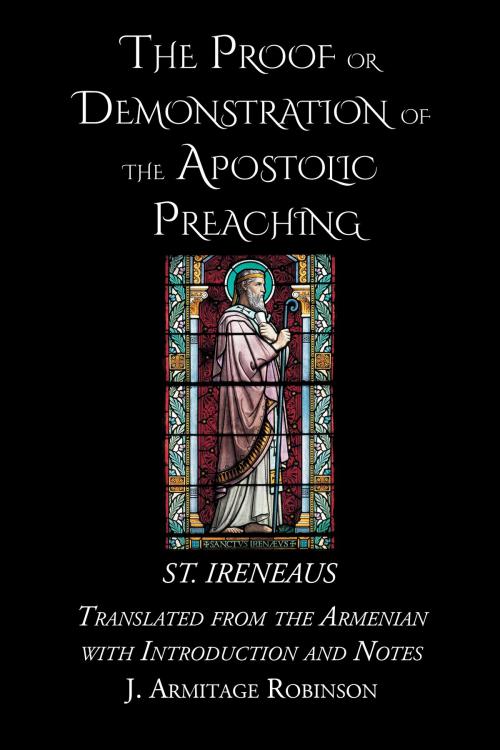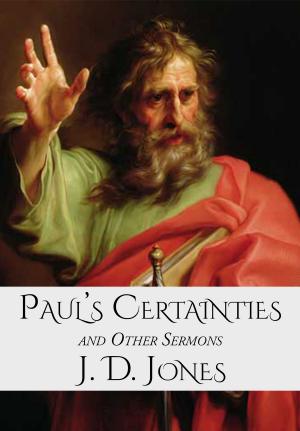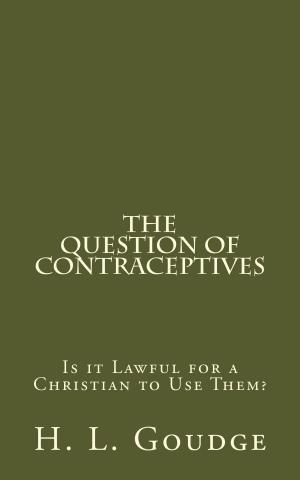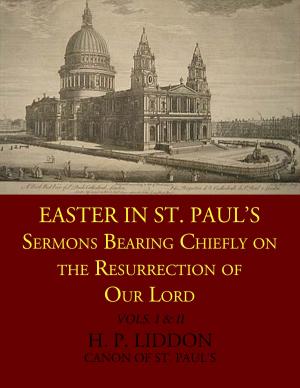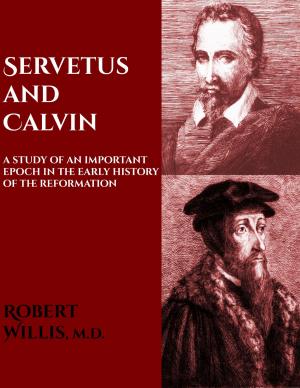The Proof or Demonstration of the Apostolic Preaching
Translated from the Armenian with Introduction and Notes
Nonfiction, Religion & Spirituality, Christianity, Christian Literature| Author: | St. Irenaeus | ISBN: | 1230001932591 |
| Publisher: | CrossReach Publications | Publication: | September 25, 2017 |
| Imprint: | Language: | English |
| Author: | St. Irenaeus |
| ISBN: | 1230001932591 |
| Publisher: | CrossReach Publications |
| Publication: | September 25, 2017 |
| Imprint: | |
| Language: | English |
Eusebius in his Ecclesiastical History tells us that in addition to his great work Against Heresies St Irenæus wrote A Discourse in Demonstration of the Apostolic Preaching. This work was entirely lost sight of: no one seems ever to have quoted a word of it. But it has quite recently reappeared in an Armenian manuscript together with Books IV and V of the greater work. The Armenian translation proves to be a fairly close rendering of the original Greek.
What Irenæus meant by the Apostolic Preaching can be seen from his larger work. Although the exact expression does not seem to occur there, we have its equivalent, “the Preaching of the Apostles” (III, iii. 2), and also the parallel phrases, “the Tradition of the Apostles” (III, iii. 4) and “the Preaching of the Truth” (I, iii. 1; III, iii. 4). Moreover, in I, i. 20 we read that “he who holds the canon (or rule) of the truth without deviation, which he received through his baptism,” will be able to escape all the snares of heresy: and in the Demonstration (c. 3.) we have closely parallel words which also refer to the baptismal faith. Although it was not until much later that the baptismal confession came to be called the Apostles’ Creed, it was already regarded as a summary of the essential elements of the Apostolic message. Its form varied in some details in different Churches, but its structure was everywhere the same, for it had grown up on the basis of the baptismal formula.
What Irenæus undertakes in the present work is to set out the main points of this Apostolic message, which, as he has explained in his greater work (III, iii. 1 ff.), has been handed down in the Church by the successions of the bishops and is the same in substance in all parts of the world, and to demonstrate its truth more especially from the sacred scriptures of the Old Testament. This argument from prophecy was the earliest form of Christian evidence; and though it does not appeal to us with equal force to-day, and we find it hard to be patient with some of the proofs which seemed to be convincing in the earliest times, we must yet recognize that it was a true instinct which claimed the Jewish scriptures as the heritage of the Christian Church, and surmounted by means of allegorical interpretations those serious difficulties which led many Christians to wish to cast them aside altogether.
Eusebius in his Ecclesiastical History tells us that in addition to his great work Against Heresies St Irenæus wrote A Discourse in Demonstration of the Apostolic Preaching. This work was entirely lost sight of: no one seems ever to have quoted a word of it. But it has quite recently reappeared in an Armenian manuscript together with Books IV and V of the greater work. The Armenian translation proves to be a fairly close rendering of the original Greek.
What Irenæus meant by the Apostolic Preaching can be seen from his larger work. Although the exact expression does not seem to occur there, we have its equivalent, “the Preaching of the Apostles” (III, iii. 2), and also the parallel phrases, “the Tradition of the Apostles” (III, iii. 4) and “the Preaching of the Truth” (I, iii. 1; III, iii. 4). Moreover, in I, i. 20 we read that “he who holds the canon (or rule) of the truth without deviation, which he received through his baptism,” will be able to escape all the snares of heresy: and in the Demonstration (c. 3.) we have closely parallel words which also refer to the baptismal faith. Although it was not until much later that the baptismal confession came to be called the Apostles’ Creed, it was already regarded as a summary of the essential elements of the Apostolic message. Its form varied in some details in different Churches, but its structure was everywhere the same, for it had grown up on the basis of the baptismal formula.
What Irenæus undertakes in the present work is to set out the main points of this Apostolic message, which, as he has explained in his greater work (III, iii. 1 ff.), has been handed down in the Church by the successions of the bishops and is the same in substance in all parts of the world, and to demonstrate its truth more especially from the sacred scriptures of the Old Testament. This argument from prophecy was the earliest form of Christian evidence; and though it does not appeal to us with equal force to-day, and we find it hard to be patient with some of the proofs which seemed to be convincing in the earliest times, we must yet recognize that it was a true instinct which claimed the Jewish scriptures as the heritage of the Christian Church, and surmounted by means of allegorical interpretations those serious difficulties which led many Christians to wish to cast them aside altogether.
